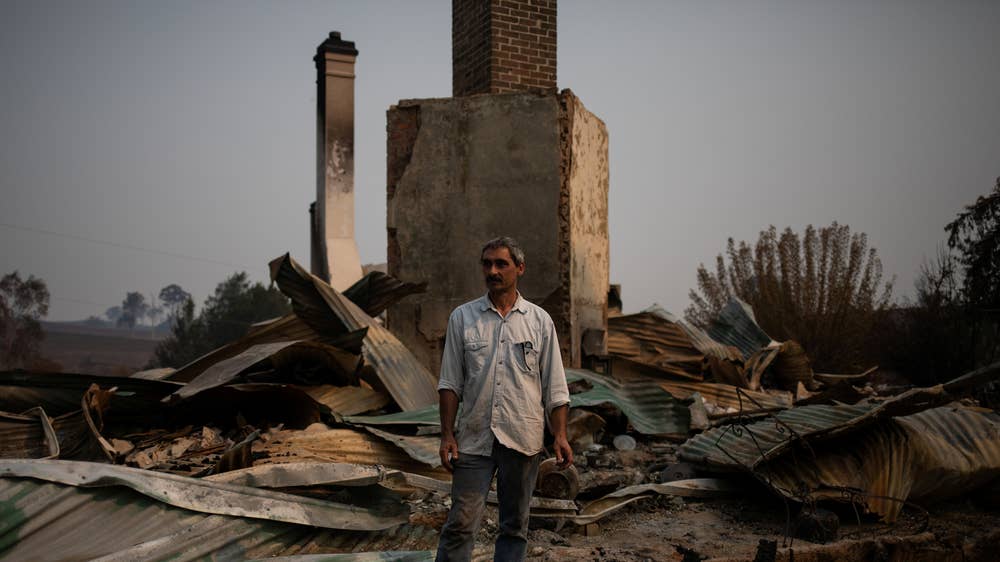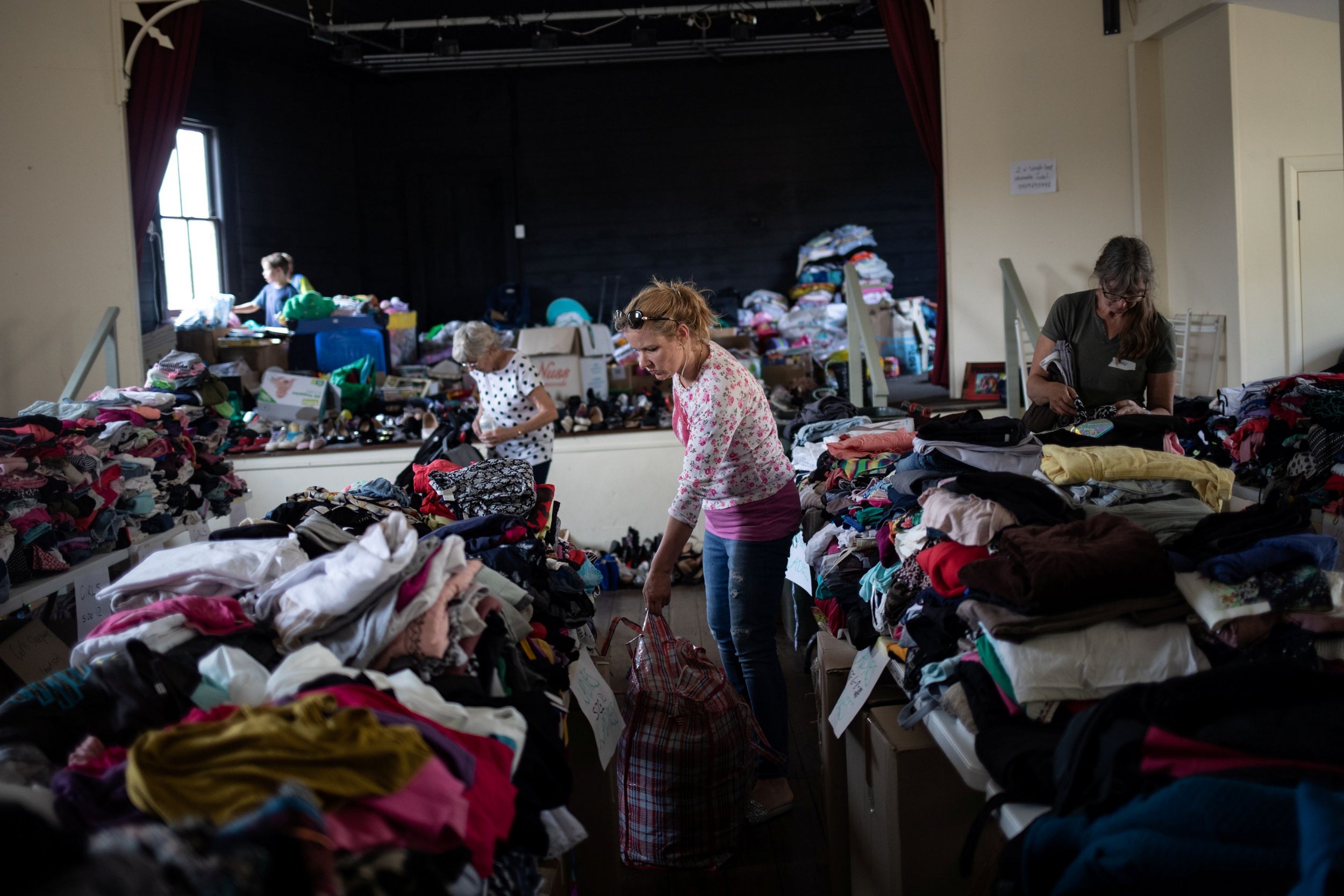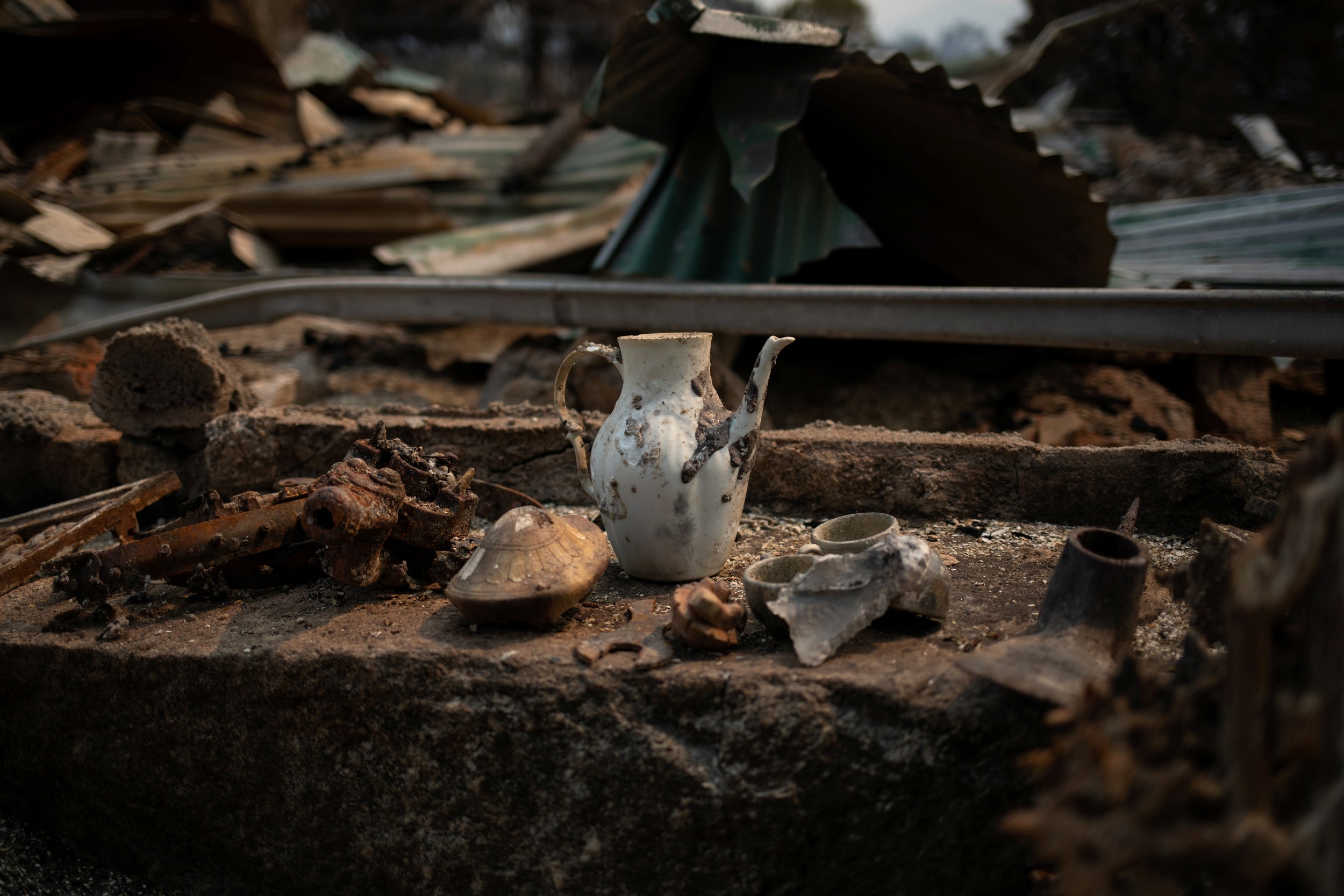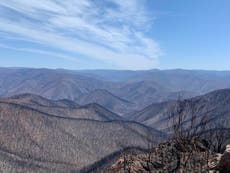Australia wildfires: Canberra declares state of emergency as massive blaze threatens capital
‘Conditions are now very dangerous and the fire may pose a threat to all lives directly in its path,’ say emergency services
Authorities in Australia have declared a state of emergency for the country’s capital city for the first time since 2003.
Soaring temperatures and high winds threatened to send a large bushfire spiralling out of control in Canberra’s Orroral Valley and its surrounding regions, prompting the declaration on Friday.
Andrew Barr, chief minister for the Australian Capital Territory (ACT), said during a televised briefing there is “now no higher priority for the ACT government at this time than the bushfire threat.
“This fire may become unpredictable. It may become uncontrollable. The combination of extreme heat, wind and a dry landscape will place suburbs in Canberra’s south at risk.”
The Rural Fire Service advised residents to leave immediately and added: “Conditions are now very dangerous and the fire may pose a threat to all lives directly in its path.
Australia fires: What's next for towns devastated by wildfires?
Show all 21




“Fire crews may not be able to protect you and your property. You should not expect a firefighter at your door.”
The state of emergency will stay in place for 72 hours to allow authorities greater power to order evacuations, close roads and take control of private property.
Heatwave conditions are expected to worsen, with the Bureau of Meteorology warning of strong winds and “elevated fire danger” in parts of New South Wales, while severe thunderstorms are set to hit Victoria and Melbourne.
There are currently 58 active fires in NSW, 20 in Victoria and 22 in south Australia, which authorities are warning may worsen as temperatures are forecast to reach 41C on Saturday.
ACT Emergency Services Agency commissioner Georgeina Whelan told The Canberra Times: “What we’re seeing nationally and across the ACT is that we have the conditions conducive to bushfire activity, some are similar to 2003.
“What we’re seeing in 2020 is the fact that we have unprecedented bushfire behaviour, as a result of the weather, the drought and the volume of fire activity that’s across our landscape,” she added.
Read more

Devastating image shows extent of damage done by Australian wildfires
In 2003, bushfires wreaked havoc and caused severe damage to suburbs and outer areas of the capital city, razing nearly 70 per cent of its pastures and nature parks, and destroying most of the Mount Stromlo Observatory. Four people were killed and 470 homes were destroyed.
The current bushfire was sparked by an army helicopter that was in the area to provide support for bushfire operations, said the Department of Defence.
The helicopter crew were conducting aerial reconnaissance and ground clearance to enable access to emergency services personnel when heat from the aircraft’s landing light started a grassfire underneath it while it was grounded.
The Department of Defence said in a statement: “It is deeply regrettable that our support operations have likely started this fire.
“Defence has taken immediate action to reduce the risk of fires being started by helicopters, including not using certain aircraft lighting in extreme weather conditions.”
Australia is still in the early months of fire season, which has been especially fierce this summer and resulted in the deaths of 33 people and an estimated one billion native animals since September.
In 2003, bushfires wreaked havoc and caused severe damage to suburbs and outer areas of the capital city, razing nearly 70 per cent of its pastures and nature parks, and destroying most of the Mount Stromlo Observatory. Four people were killed and 470 homes were destroyed.
The current bushfire was sparked by an army helicopter that was in the area to provide support for bushfire operations, said the Department of Defence.
The helicopter crew were conducting aerial reconnaissance and ground clearance to enable access to emergency services personnel when heat from the aircraft’s landing light started a grassfire underneath it while it was grounded.
The Department of Defence said in a statement: “It is deeply regrettable that our support operations have likely started this fire.
“Defence has taken immediate action to reduce the risk of fires being started by helicopters, including not using certain aircraft lighting in extreme weather conditions.”
Australia is still in the early months of fire season, which has been especially fierce this summer and resulted in the deaths of 33 people and an estimated one billion native animals since September.
No comments:
Post a Comment